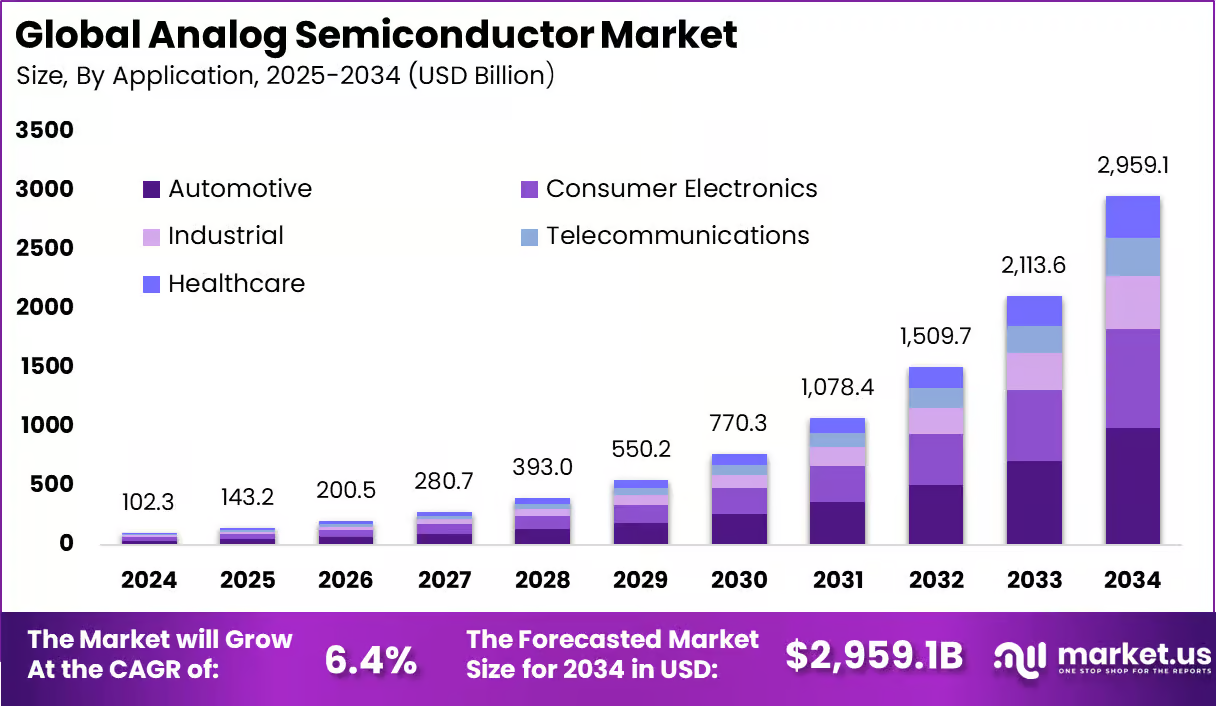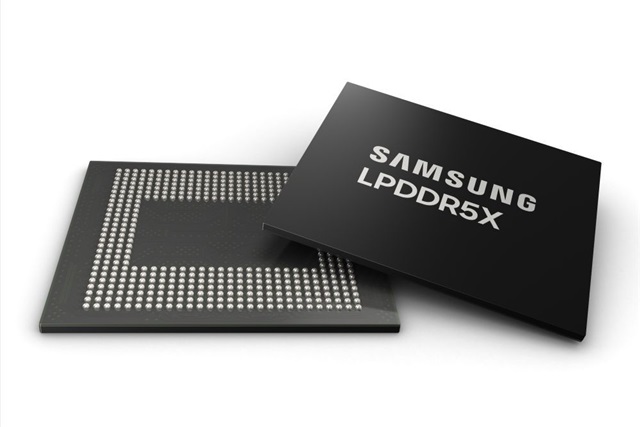On 27 July 2025, European Union and United States of America reached a political agreement on tariffs and trade. The transatlantic partnership is a key artery of global commerce and is the most significant bilateral trade and investment relationship in the world. EU-U.S. trade in goods and services has doubled over the last decade, surpassing €1.6 trillion in 2024. According to the agreement EU-U.S. tariff framework introduces, from August 1, 2025, a unified U.S. tariff rate of 15% on most electronics exports from the EU, thereby creating predictable but structurally higher costs in transatlantic trade.
HIGHLIGHTS
Strategic Imperative for Europe: The Global Electronics Association stresses the urgency of a comprehensive European industrial strategy for electronics. This includes investing across the value chain (from PCBs to advanced packaging), ensuring supply chain resilience, and using EU level funding and procurement preferences to preserve competitiveness and autonomy.
Download the complete report:![]() Global-Electronics-Europe-Report.pdf
Global-Electronics-Europe-Report.pdf
Stay up to date with the latest in industry offers by subscribing us. Our newsletter is your key to receiving expert tips.

Global semiconductor sales reached $64.9 billion in August 2025, marking a remarkable 21.7% increase compared to the same period the previous year. This performance underscores the strength of a secto

The market size of analog semiconductors was recorded at USD 102.3 billion in 2024 and is projected to register consistent expansion, rising from USD 143.2 billion in 2025 to approximately USD 2,959.1

Samsung Electronics will raise contract prices for DRAM and NAND flash in the fourth quarter of 2025, industry sources told Newdaily.co.kr. The move reflects shrinking output of legacy products and su